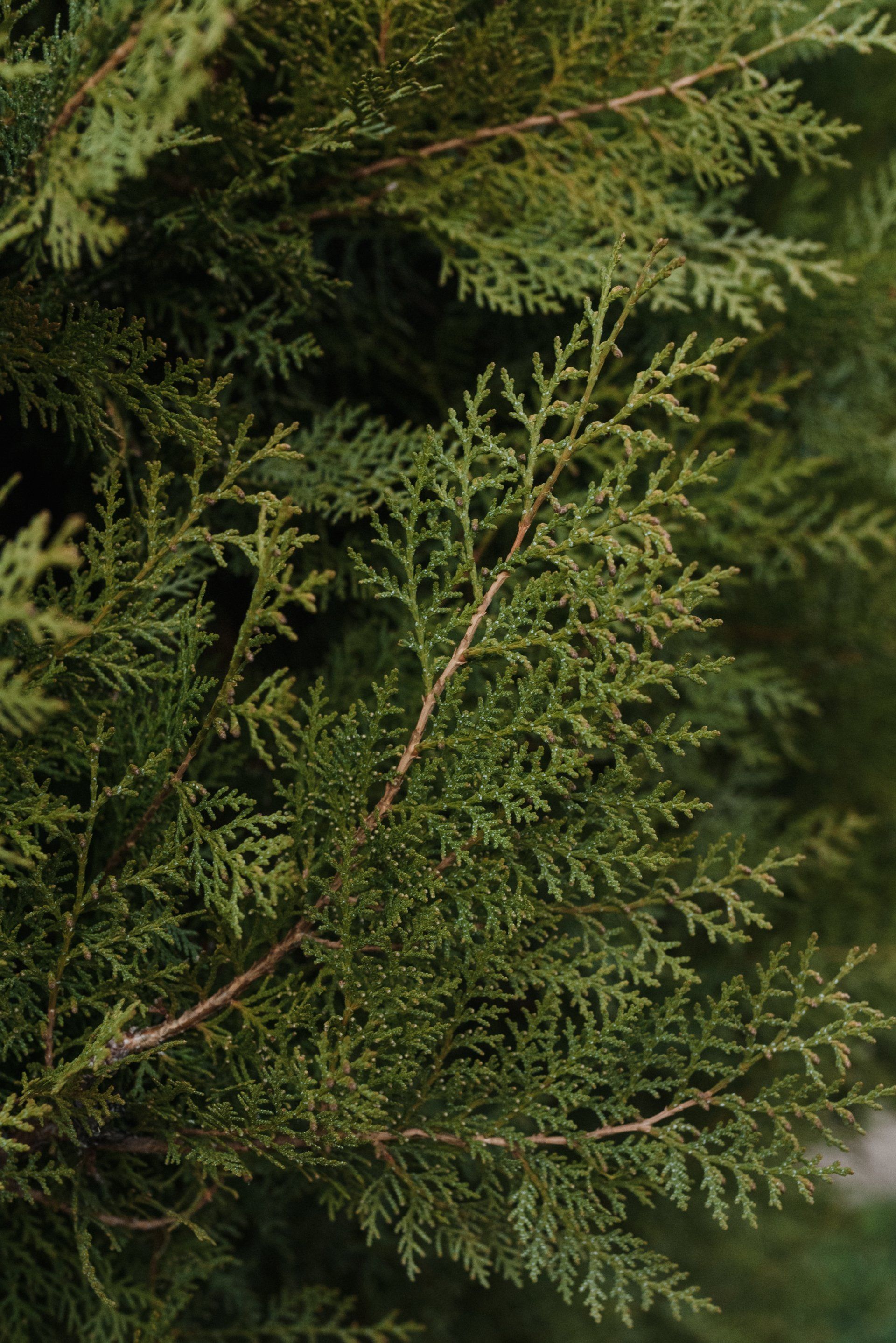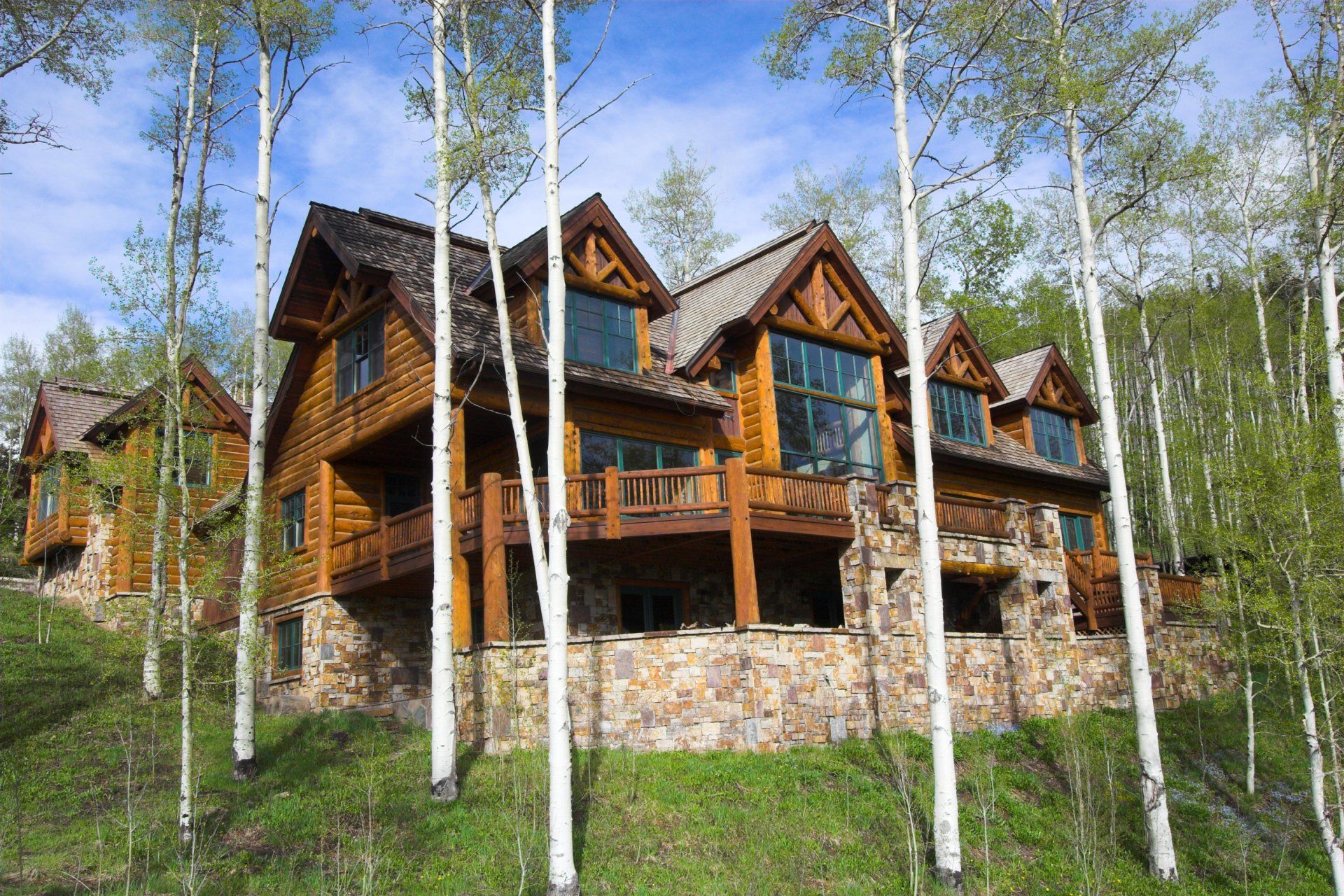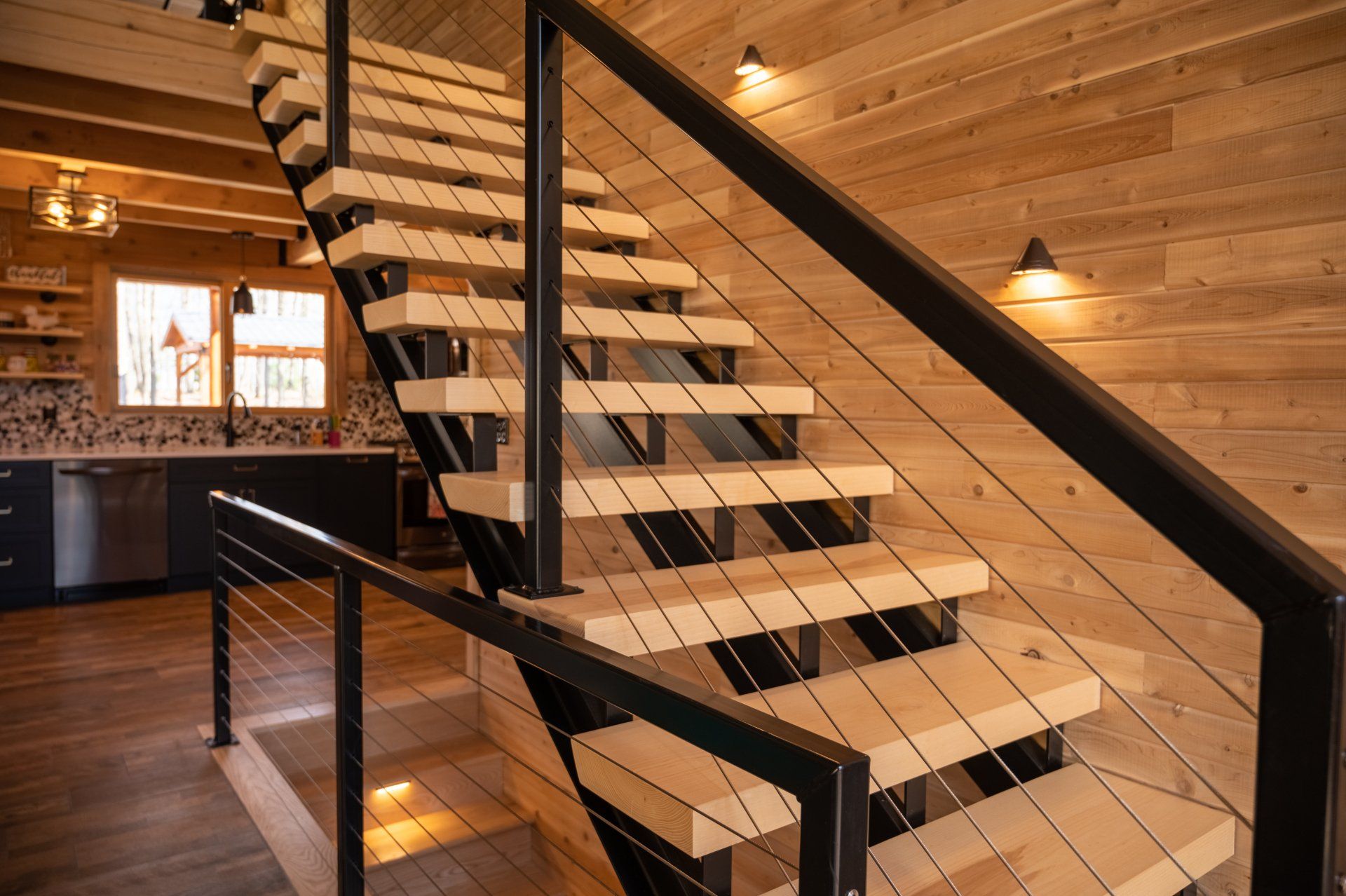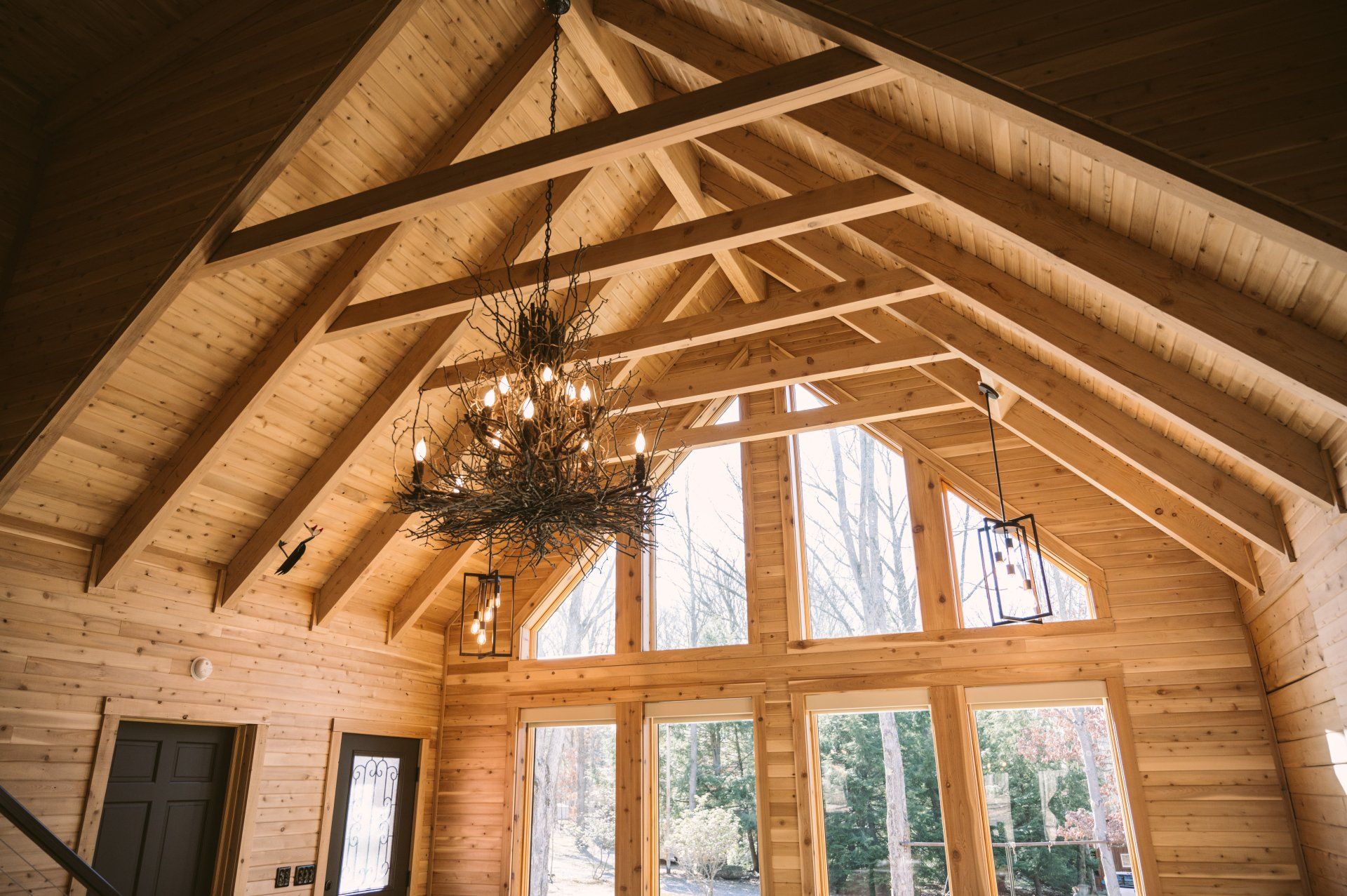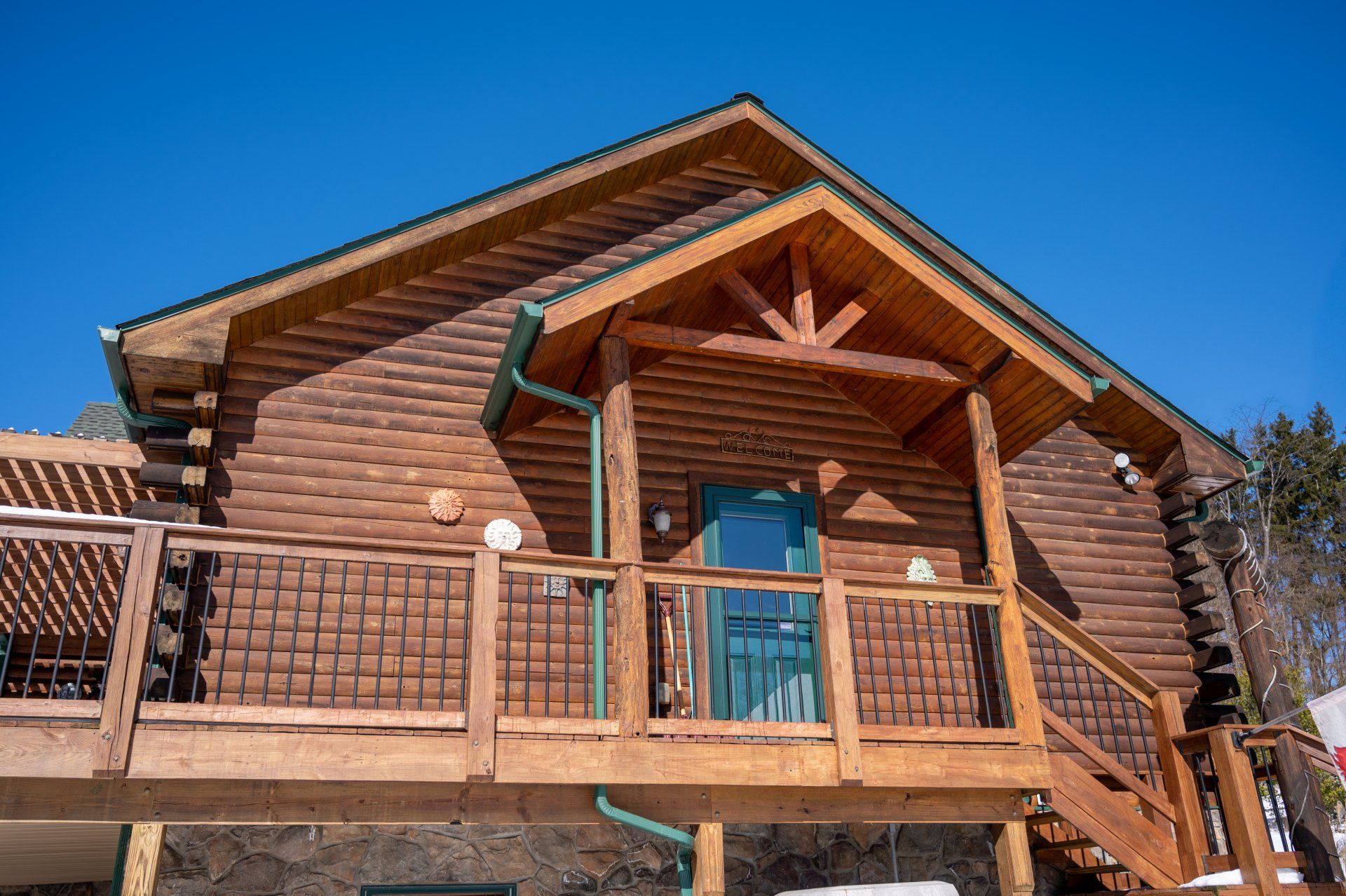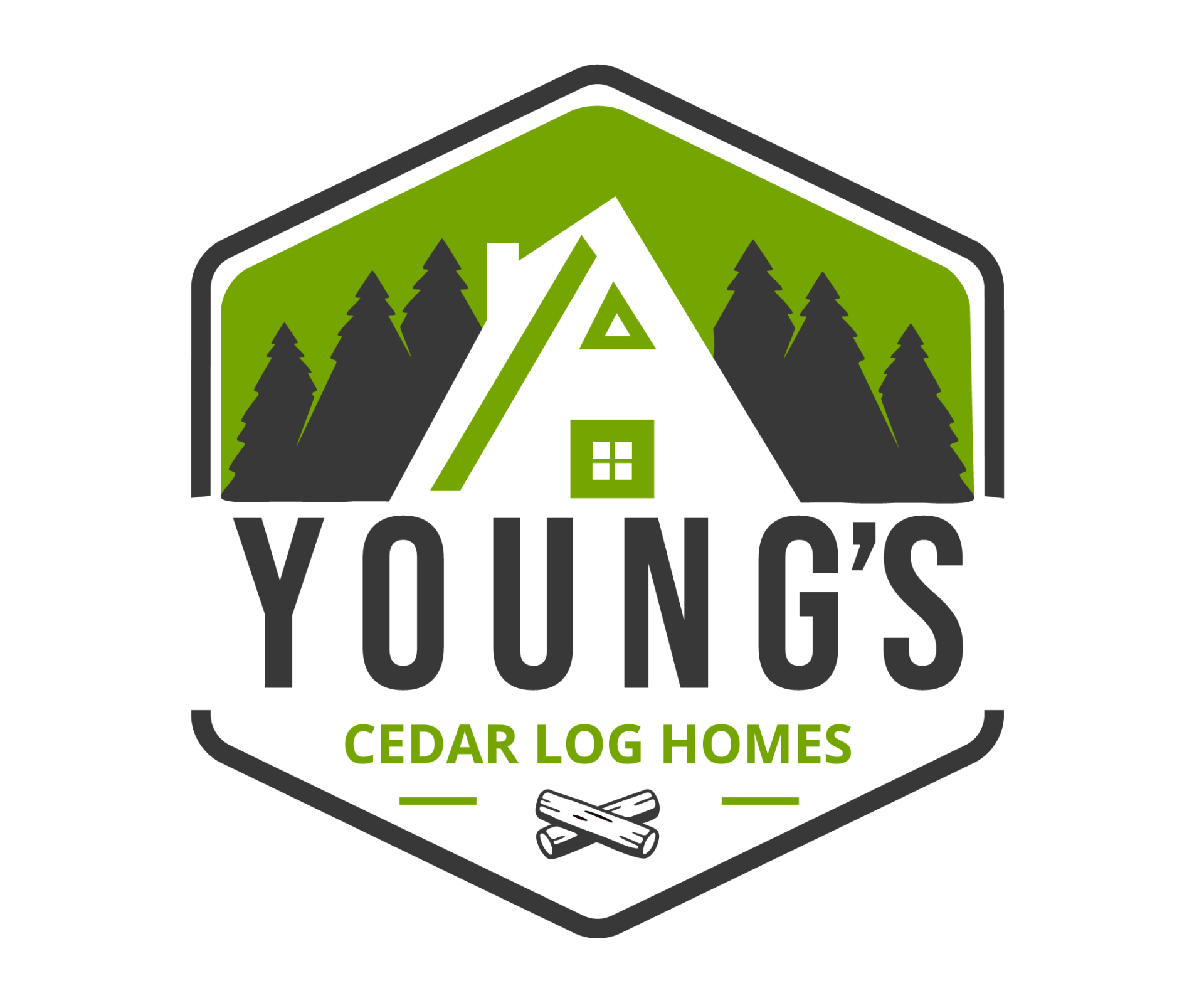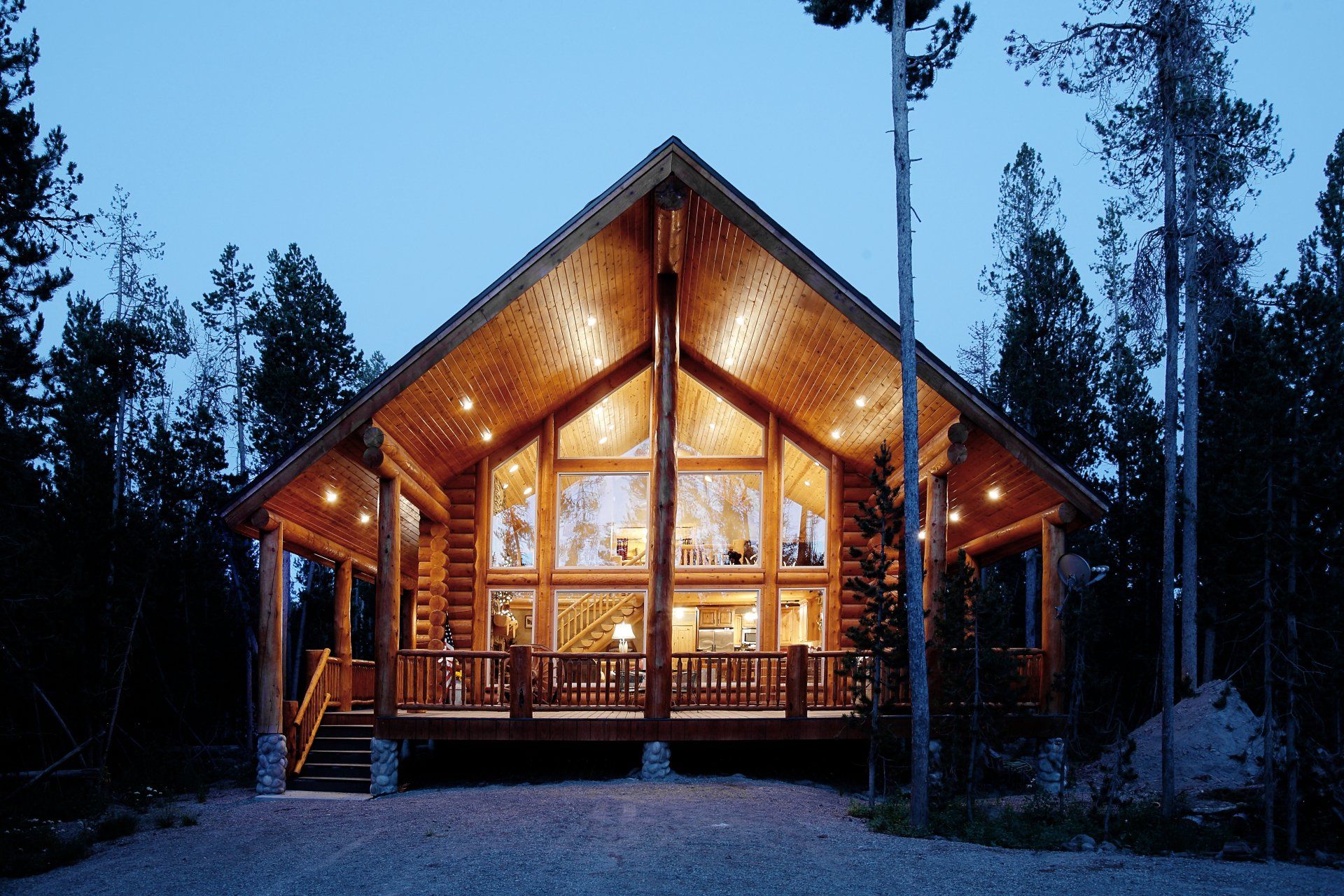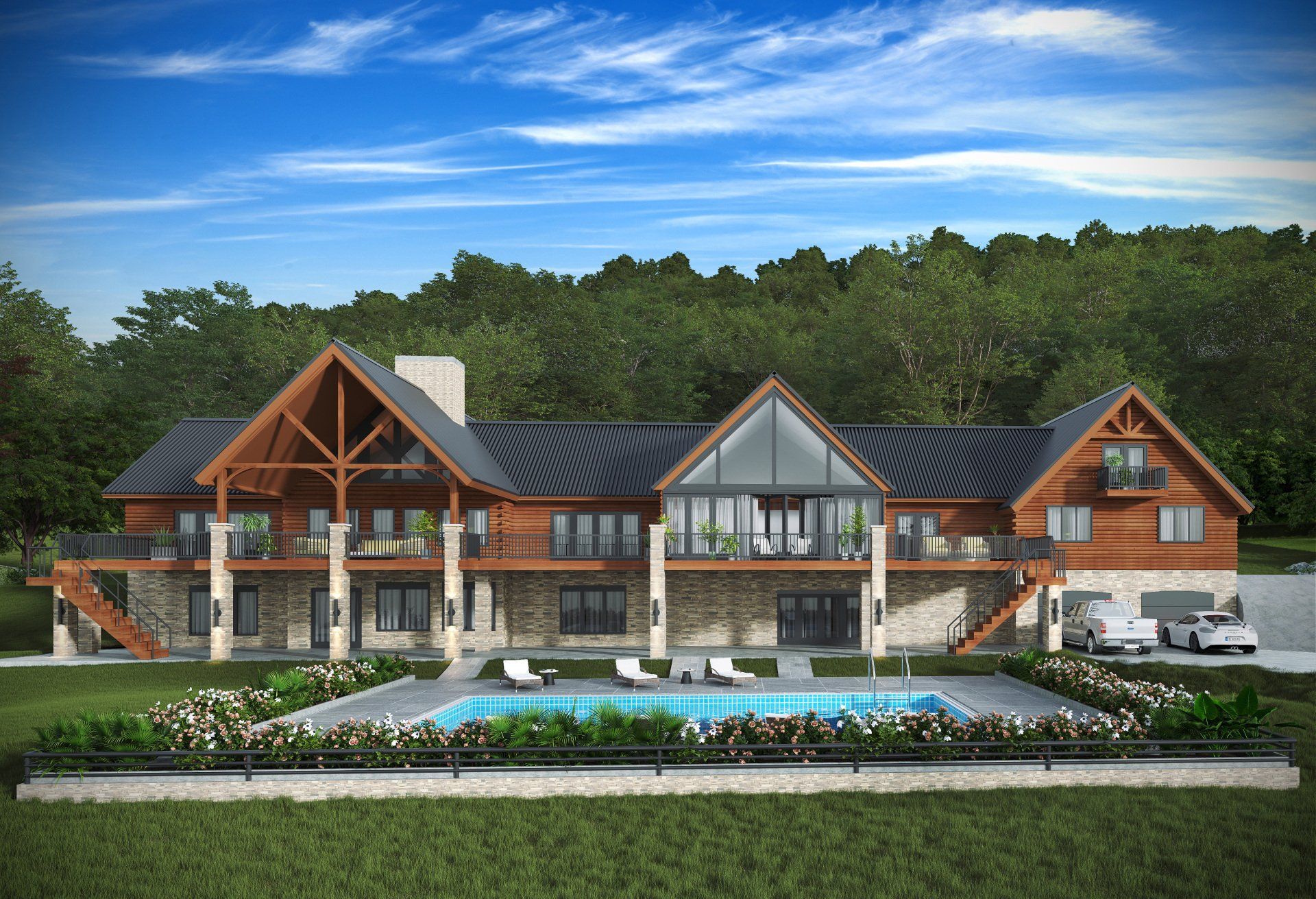Is White Pine or White Cedar Better For Your Log Home?
You’ve been dreaming about living in a luxury log home for several years. Now, you’re ready to stop thinking and start making plans. However, your head is spinning with questions.
Before you get ahead of yourself and start wondering how you will decorate your log home or the type of floor plan you’ll pick, you need to choose the type of wood you should use. After all, not all wood has the same features.
There are over 80 different types of wood species used for building log homes; in this article, we will focus on two of the most popular woods; white pine and white cedar.
Asking these three questions will help you decide which wood to use in your log home.
What about insects?
First, you must remember that wood is a natural material. For many insects, wood is simply something to eat. However, some woods attract insects while others actually repel them. When comparing white pine and white cedar, Northern White Cedar is the clear choice when it comes to many aspects of construction, including being naturally impervious to wood-boring insects.
How does Northern White Cedar prevent termites? Termites find the oil in cedar wood to be offensive. Which explains why you often see closets, fences, shingles and decks made from cedar. On the other hand, a pest control company reports that pine is on the list of the woods that termites enjoy eating. Dealing with termites can cost up to $2,500 or more and can require tenting and filling the entire house with harmful chemicals. The structural integrity of cedar withstands decades of time and harsh climates.
According to the United States Department of Agriculture, northern white cedar “is resistant to decay and subterranean termites, it is easy to work with, glues well, holds paint well and has little dimensional change."
Instead of worrying about controlling insects, build your log home with northern white cedar, setting you up for a healthy, happy house from day one.
Is Cedar or Pine Decay-Resistant?
All trees need water to grow. Once they are cut, too much water can be very damaging. If you are building a log home, it’s best to pick decay-resistant wood.
The University of Massachusetts conducted years of research and field performance to determine which woods are naturally decay-resistant. Their list of woods considered to be decay-resistant includes all cedars, old-growth redwood, old-growth bald cypress, white oak and locust. While decay resistant, not all of these woods make for great homes due to structural integrity, weight and price, to name a few.
The rot-resistance of cedar makes it an obvious choice for exterior projects. It’s also the reason it’s so popular for log homes. Northern White Cedar is the driest wood on the stump in North America, and our air-drying process means the logs have minimal time or issues adapting to their new outdoor environment, wherever you choose to build. Less moisture means minimal settling and cracks.
Which Wood is Eco-Friendly?
Is it possible to build a luxury log home and be environmentally conscious? The answer is yes, depending on the wood you choose to build your home.
Northern white cedar lives longer than many other species, some living 400 years or more, and produce new seed crops every 3 to 5 years. White pine is also a fast-growing tree that can live an average of 200 years.
However, some people feel cedar is better for the environment because it doesn’t need to be kiln dried. The total harmful air emissions from wood kilns can be significant.
Have More Questions?
There are numerous things to consider when you’re building a cedar log home. Contact us with your questions, we’ll be happy to help!
